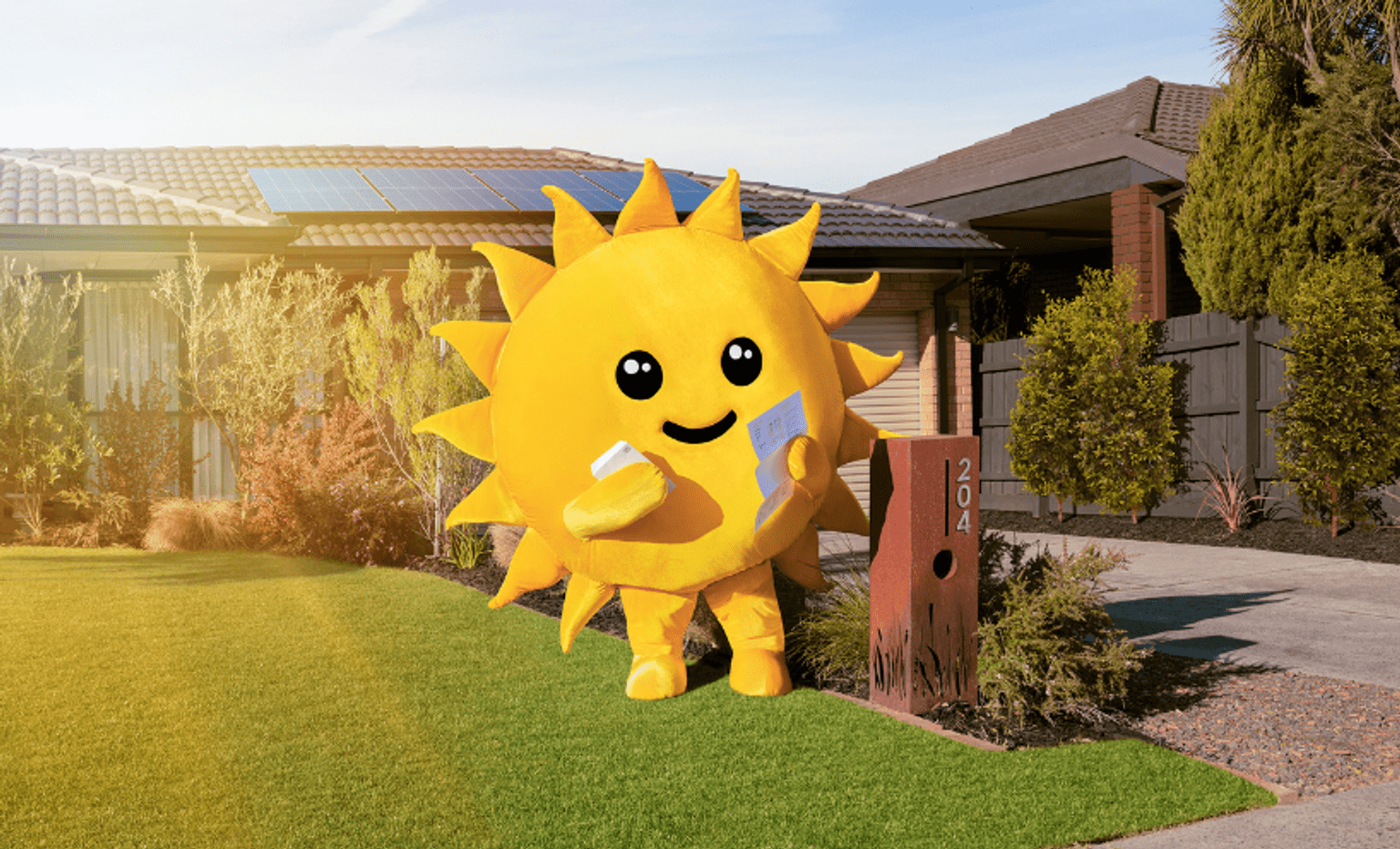Scott and Leanne explored the latest in energy efficiency and picking the best times to use solar generated electricity within the home to bring down their bills.
With two children under the age of two today, Scott and Leanne prepared for family life a few years ago when they renovated their 100-year-old Yarraville cottage and decided to install a solar photovoltaic (PV) system to lower their energy costs.
“The system saves us around $1500 a year on bills,” says Scott, “and that saving will pay for the panels rapidly.”
Such a saving is not due to the 4.5 kilowatt system alone, but several decisions the couple made about how to get the most out of the solar electricity available through appliance selection and use.
Their first step was to plan the system to generate electricity when they used it the most. “It’s important to think about your own lifestyle, and we considered how we use electricity late into the day after work,” says Scott.
Rather than facing all the panels one way to the north to maximise solar generation, five of the fourteen panels actually face west to catch the last hours of the sun each day, which means the system can still generate electricity at a time when the family is busiest, preparing dinner and getting toddler and bub ready for bed.
Make the most of your solar
Find out how you can pay less for energy with solar and keep your system working efficiently.
“We can turn the air-con on at 4.30 and know that it’s running off solar,” says Scott, while having good insulation in the walls, floor and ceiling helps delay any need to turn on the airconditioner before then. If they’re out, they can set the reverse-cycle airconditioner to turn on late in the afternoon, to pre-cool the home at a time when the system is still generating electricity.
Each solar panel has its own microinverter, instead of one central inverter for the whole system. As well as helping the panels to work more efficiently, the microinverters work with an app to give real time information about the system performance, so Scott and Leanne know the best time to run the dishwasher for instance.
Scott and Leanne switched to all-electric appliances to make the most of the electricity generated by their solar PV system, including a heat pump which supplies heat for their hot water and hydronic heating.
"We knew the two biggest demands on our energy use were heating and hot water, and If we looked at our bills, the biggest benefit would be from switching our heating and hot water from gas to electric.”
The heat pump runs on a timer which Scott adjusts a few times a year when the seasons shift and energy demand within the home changes. He sets the heat pump to run two or three times a day in winter when heating needs are highest, and these cycles are timed to make the best use of solar. One cycle takes advantage of when the most solar is being generated, often around 2pm, while a “top-up cycle late in the afternoon” uses any solar electricity generated by the west-facing panels before the sun goes down.
“During peak solar times in the afternoon we can run the heat pump without using any electricity from the grid,” says Scott. “We experiment with timing to find what works the best.”

Solar panel (PV) rebate
Solar panel rebates plus the option of an interest-free loan are available for eligible Victorian homes.
“Many of our appliances have great functionality for setting timers and automation,” he says. The washing machine and dishwasher are often set to run when the system is likely to be generating the most electricity in the afternoon. The ceiling fans in the bedrooms use smart technology that talks wirelessly to the household thermostat, and then only switch on when someone is in the room to save on unnecessary electricity use.
Scott points out that they “probably use more electricity than our neighbours” since installing the solar PV system, especially since all their appliances are electric these days, “but our bills are lower,” he says. The solar PV system produces around 23 kilowatt-hours a day in summer, which is way more than they usually need. If it’s hot inside, they can use that excess electricity to cool the home by turning on a small reverse-cycle airconditioner. The system has generated up to 18 kilowatt-hours on a sunny winter’s day, although the average is 9 kilowatt-hours a day. A day like that, where solar generation is high, helps cut winter heating bills.
“Living with solar is something that’s motivated us to be efficient and get the most out of the system,” says Scott. “It’s really hooked us in and made us think about how we use appliances, but we haven’t been inconvenienced in any way.”
Updated




